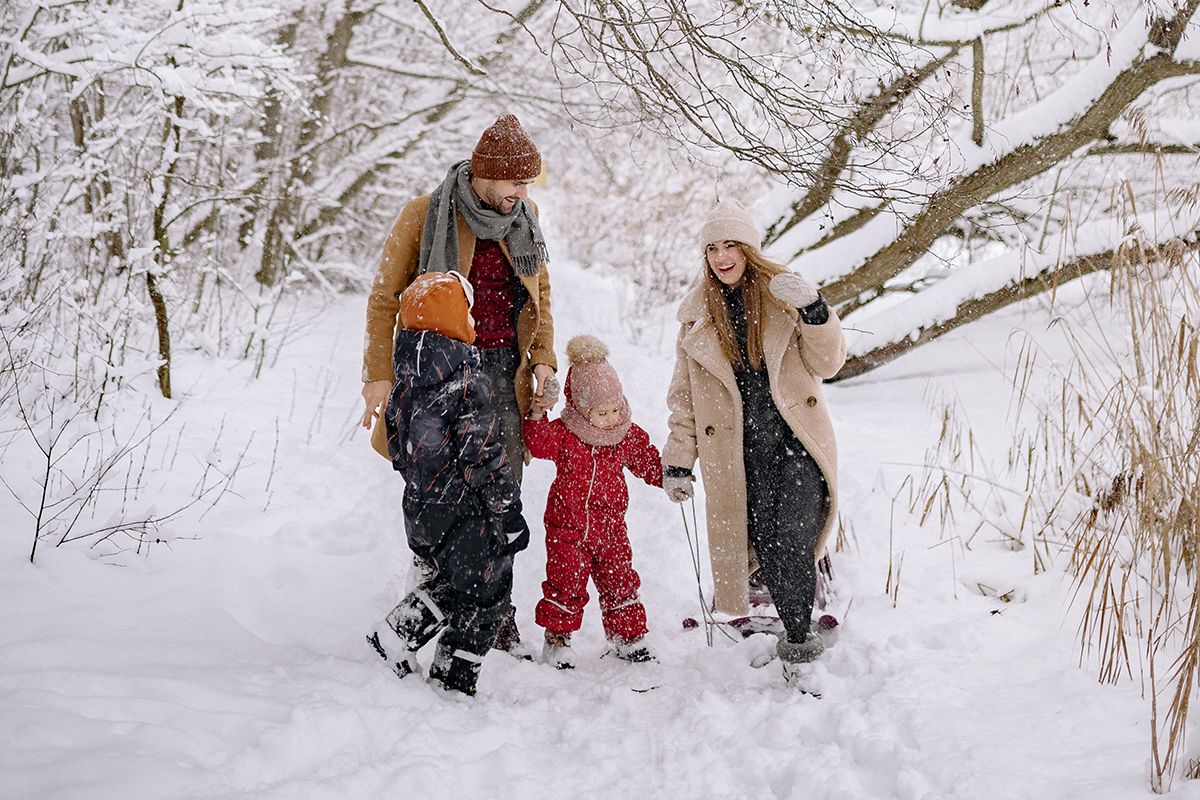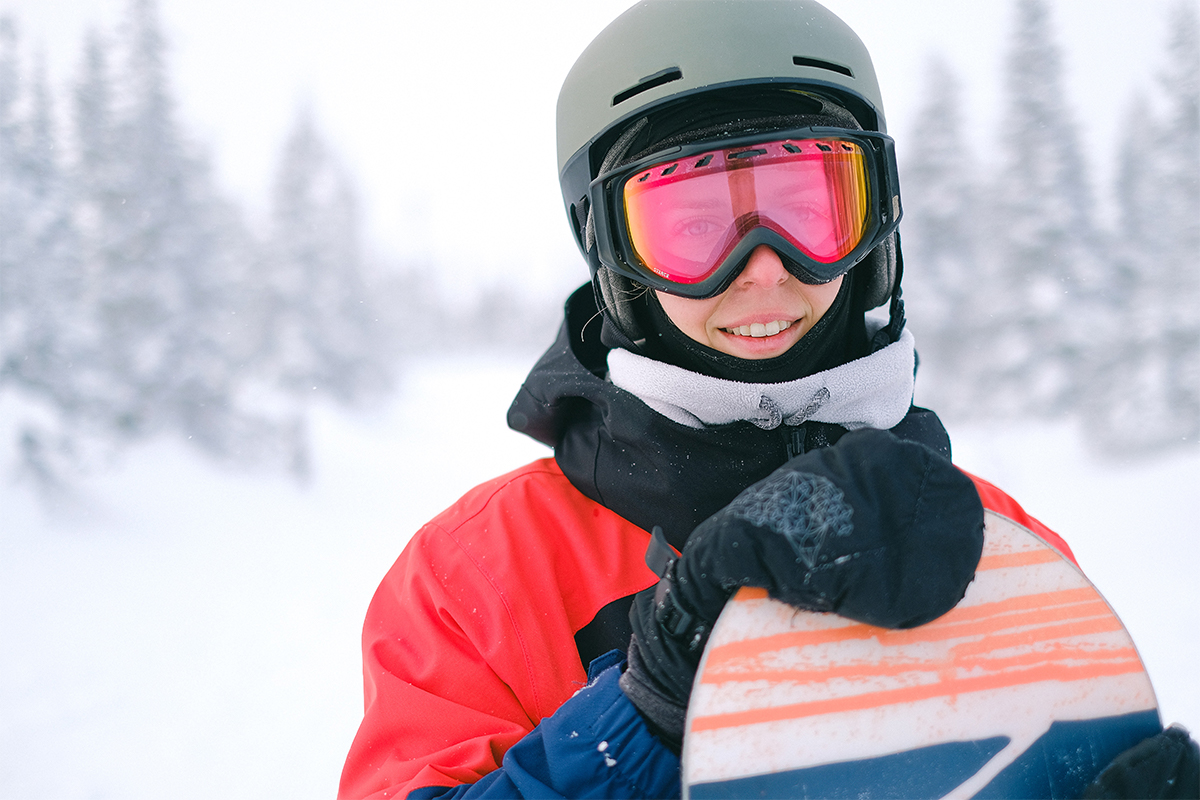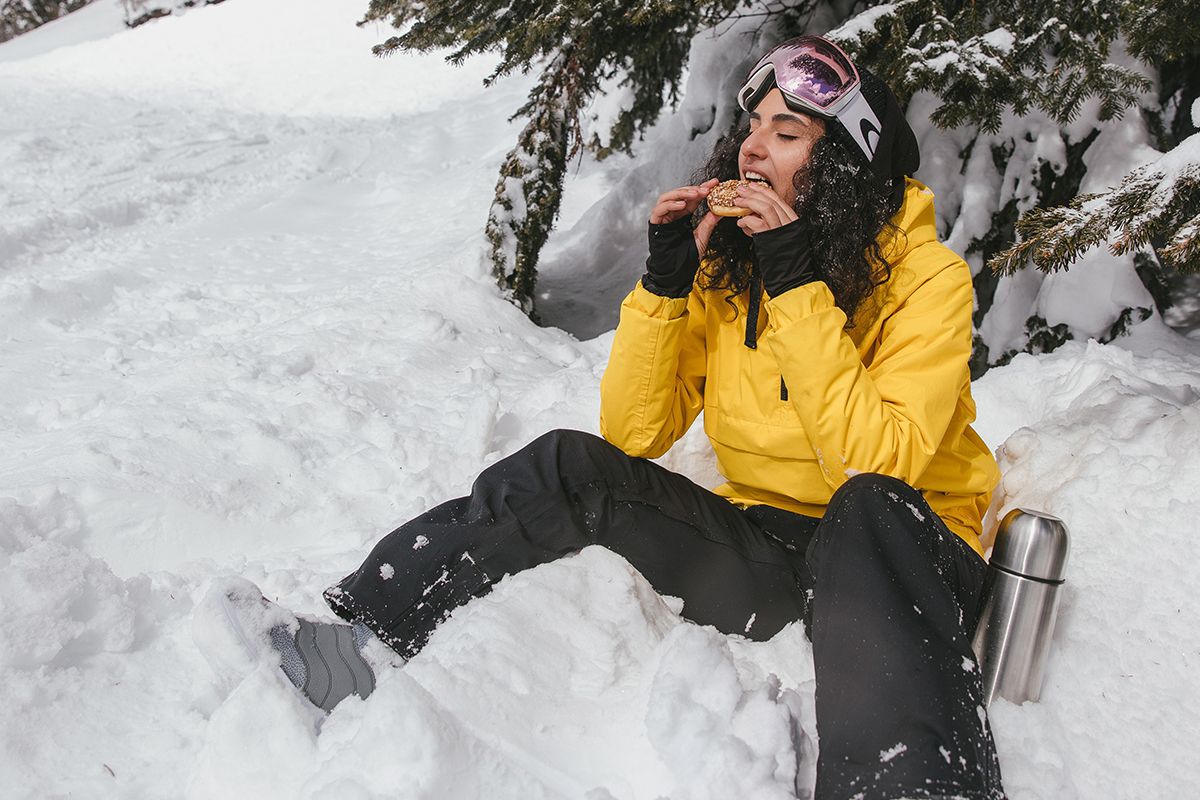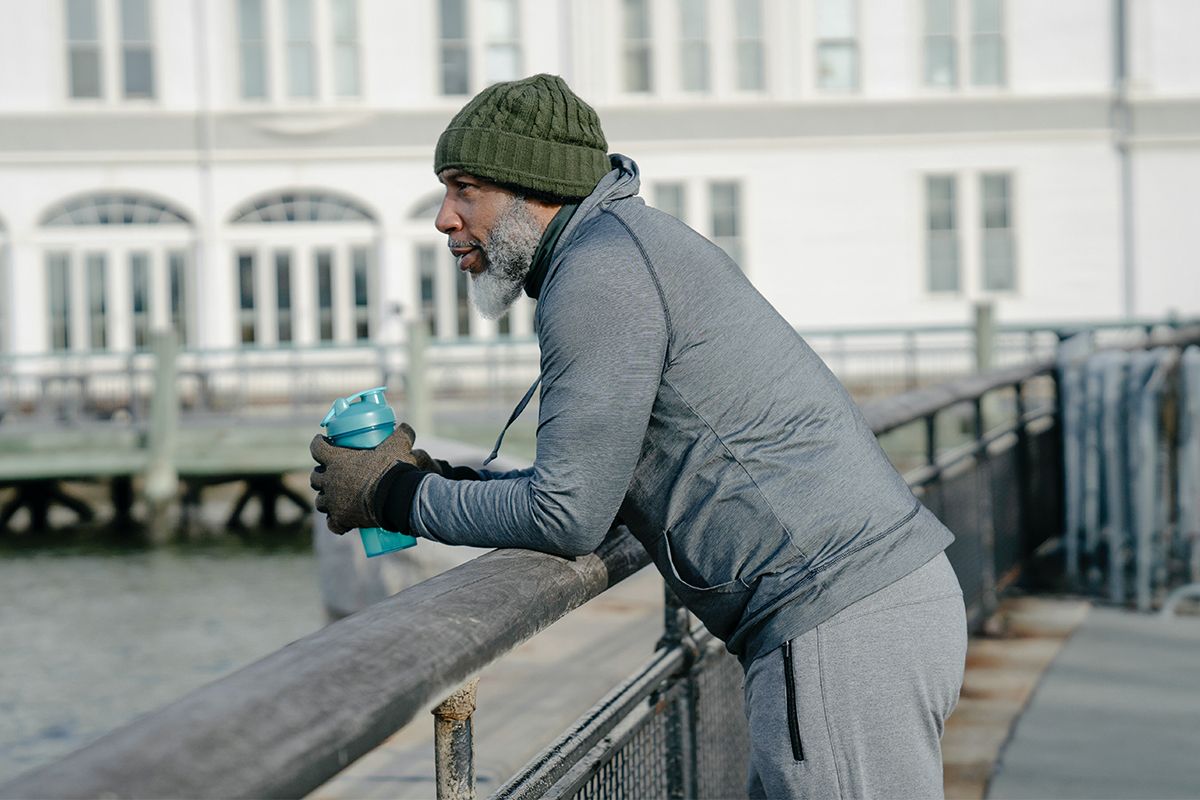M: 8am - 5pm
T: 8am - 5pm
W: 8am - 5pm
T: 8am - 5pm
F: 8am - 5pm
S: 8am - 12pm
Dec 12, 2021
Get Out and Enjoy Winter Part 3 - Safety

For countless winters, Canadians have instinctively taken to the outdoors. That habit has given us a national sport, long average lifespans, and a reputation for friendliness, hardiness and adaptability.
Most of us went out without the knowledge of studies documenting the good we were doing our minds and bodies. Fresh air, being active, and the natural beauty of our country were reasons enough.
Even if we find ourselves spending less time outside, the door is always open. So here’s some information for those who’d like to regain the joy of winters past and those yet to fully discover what the season offers. It’s our way of encouraging you to get out and enjoy the glories of a great Canadian Winter.
Part 3: Safety

In part 2 of this series, we went over the mental and physical benefits of getting outside in winter. But, of course, our coldest season brings some hazards beyond the usual sniffles or minor frostbite.
However, that's no excuse to avoid winter altogether. Here are some common-sense tips for balancing safety with the joys of outdoor winter activity.
Don't Let Jack Frost Bite You.

Here are some tips from the Mayo Clinic and other leading experts on best practices for keeping fit out in the snow:
Talking to your doctor before starting any exercise regimen is always a good idea.
Create a schedule and stick to it. Consistency is essential all year round. However, during the short days of winter, finding the right time for working, sleeping, exercise and eating are vital. Healthy, balanced meals will help keep you energized while the sun's up. That will help you make the most of your exercise, which will help you restore your circadian rhythm. Proper sleep and a consistent sense of time will help you stave off SAD and the physical, mental and behavioural problems that come with it.
Check the weather – especially if you have heart issues, lung problems or asthma. Remember, the colder it is, the harder it gets on your lungs and respiratory tract. Respiratory symptoms and lung function begin to change at -15 C, according to University of Alberta exercise physiologist and associate kinesiology professor Michael Kennedy. He advises slowing down if you go out on bone-chilling days. Indoor exercise may also be an option.
Dress in layers. As you exercise, your body will naturally warm up. So instead of taking off a big coat and instantly switching from too hot to too cold, you'll be able to adjust your clothing insulation like you'd change your thermostat at home.
Choose the right gear for winter running conditions. That includes reflective clothing for those dark morning runs and good shoe traction for icy conditions. In addition, a skiing, snowboarding, or snowmobiling helmet could offer vital protection if you do have a slip.
Keep hydrated. Drinking water or sports drinks before, during and after a run is a good idea, even if you're not feeling thirsty. Colder weather doesn't eliminate the threat of dehydration through sweating or even breathing.
Stay properly nourished. Carbohydrates are a great source of the energy you'll need. You can get them quickly from a pre-run banana or glass of orange juice. For longer runs, you'll want to bring along fruit, granola bars or other snacks to keep your strength up and your body warm.

Run against the wind on your way out. That way, you can get the "wind resistance" benefits of your run while you're fresh. You'll also have the wind behind you on the way back. Not only will it give you a push, but it will also protect you from a chill after you've been sweating.
Take time to acclimatize yourself. Don't burst out of the door running or immediately jump on those skis or snowshoes. Instead, spend a little time getting used to the cold around you and do a slow warm-up before you take off. This practice will help you build up your metabolic rate gradually and safely.
Consider making it a walk. Running isn't the only way to cover ground and keep up with your fitness.
Wind Up Your Exercise Wisely

After a good workout in the cold, you might not want to wait to go back inside. Instead, you'll want to resist that urge, according to Associate Professor Kennedy. Rewarming is an exertion unto itself, and you don't want to inflict it suddenly on your chilled airway. Instead, it's best to cool down slowly while gradually reintroducing your body to a warmer environment.
If you've driven to a skiing or snowshoeing area, driving home with the heat off can help your airway slowly regain its surface liquid before going into your home.
Once You're Back Indoors

You can warm up further with a hot beverage and a meal that combines protein and carbs. Options include hot cocoa, chicken noodle soup, a tea latte made with dairy or soy milk, whole-wheat toast with peanut butter and banana, or oatmeal with warm milk, raisins and walnuts.
Eat it within 30 minutes of your re-entry to properly replace your spent fluid and glycogen resources. In addition, the walnuts offer an added refuelling benefit. Along with foods like almonds and lettuce, it can provide the melatonin that helps you get a great night's sleep.
Just remember that doing something out in the snow is not all work and no play. Exercise is great, but just going out and having a blast can do wonders for you as well. So, in Part 4, we conclude with a refresher on winter fun – and how to have it.
Warm Up to Winter Contest
Have you entered our Warm Up to Winter contest on our Facebook and Twitter pages yet?
It's that time of year again – and we're giving away some awesome prizes! Enter to win a $3,000 trailer purchase credit plus weekly prizes like trailer rentals, Koenders snowmobile sleds, gas cards, and more! Draws are made at the end of every week until our Grand Prize Draw on February 4th. Enter now – and good luck!
Posted by: Jeff Brown
Category: Contests


 Rentals
Rentals
 Locations
Locations
